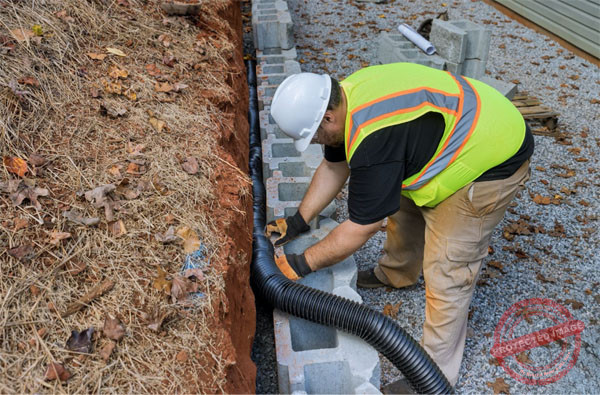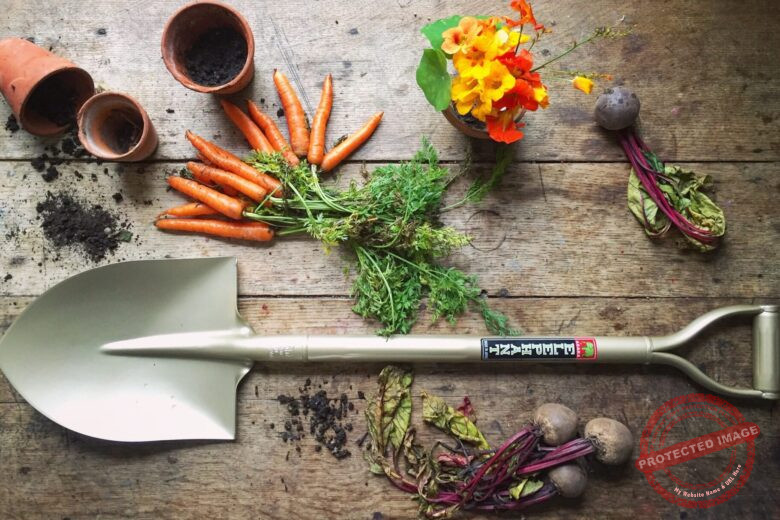Green onions, also known as scallions, are a versatile and flavorful addition to countless dishes, making them a favorite in kitchens worldwide. Growing these culinary staples at home is easier than ever, thanks to hydroponic systems. Hydroponics, a method of cultivating plants without soil, offers a controlled environment that promotes faster growth and higher yields. For those who want fresh, home-grown green onions year-round, hydroponics is a game-changer.
The beauty of green onion hydroponics lies in its simplicity. Unlike traditional gardening, hydroponics requires minimal space, making it ideal for urban dwellers or anyone with limited access to outdoor gardens. With the right setup, you can grow green onions indoors on a countertop or in a small corner of your home. Additionally, hydroponic systems are environmentally friendly, conserving water and eliminating the need for chemical pesticides.
This quick and easy guide will walk you through everything you need to know about growing green onions hydroponically. From setting up your system to maintaining healthy plants and reaping a continuous harvest, this guide ensures that you’ll enjoy fresh, flavorful scallions without the hassle of traditional gardening.
Apply Also: Ebb and Flow (Flood and Drain) Hydroponics: A Complete Guide
What is the Right Hydroponic System for Green Onions
When it comes to green onion hydroponics, selecting the right system is crucial. There are several hydroponic setups to choose from, each with its own benefits. The most popular systems for green onions include nutrient film technique (NFT), deep water culture (DWC), and ebb and flow systems.
- Nutrient Film Technique (NFT): In this system, a thin film of nutrient-rich water flows continuously over the roots of the plants. NFT is an excellent choice for green onions because their shallow root systems thrive in this environment. This system is space-efficient and easy to manage, making it perfect for beginners.
- Deep Water Culture (DWC): DWC involves suspending the plants’ roots in oxygenated water enriched with nutrients. While more common for larger plants, DWC works well for green onions due to its simplicity and minimal maintenance requirements.
- Ebb and Flow Systems: Also known as flood and drain systems, these involve periodically flooding the plant roots with nutrient solution before draining it back into a reservoir. This system is versatile and supports robust growth in green onions.
Each system has its pros and cons, so consider your space, budget, and experience level when deciding. Once you have your system set up, it’s time to prepare for planting.
How to setup Your Hydroponic System
Setting up a hydroponic system for green onions is straightforward and doesn’t require extensive gardening expertise. Here’s a step-by-step guide to get you started:
- Gather Your Materials: To begin, you’ll need a hydroponic system, grow lights (if growing indoors), a water pump, an air pump, and net pots. Don’t forget the growing medium, such as rock wool or clay pellets, which will anchor your plants.
- Prepare the Reservoir: Fill the reservoir with water and mix in a balanced hydroponic nutrient solution. Green onions thrive with a nutrient solution that has an electrical conductivity (EC) level between 1.2 and 1.6 and a pH range of 5.5 to 6.5.
- Plant Your Green Onion Seeds or Seedlings: You can start from seeds or use store-bought green onions with roots attached. If starting from seeds, germinate them in a moist growing medium until they sprout. For seedlings, place them in net pots and position them in the hydroponic system.
- Set Up Lighting: Green onions need about 12 to 16 hours of light daily. If natural sunlight isn’t available, use full-spectrum LED grow lights to provide the necessary illumination.
- Monitor and Adjust: Check water levels, nutrient concentration, and pH regularly. Make adjustments as needed to maintain optimal growing conditions.
With your system ready and plants in place, you’re well on your way to a thriving hydroponic green onion garden.
How to maintain Caring Your Hydroponic Green Onions
Maintaining healthy green onions in a hydroponic system requires attention to detail. Here are key aspects to focus on:
- Nutrient Management: Regularly replenish the nutrient solution in your reservoir to ensure your plants receive the essential elements they need for growth. Green onions are heavy feeders, so monitor the solution’s EC and pH levels weekly.
- Temperature and Humidity: Green onions grow best in temperatures ranging from 68°F to 77°F (20°C to 25°C). Maintain moderate humidity levels to prevent fungal diseases and promote healthy growth.
- Pest and Disease Control: Although hydroponics reduces the risk of pests and diseases, it’s not entirely foolproof. Inspect your plants regularly for signs of aphids, spider mites, or fungal infections. Remove affected plants promptly and treat issues with organic solutions.
- Pruning and Harvesting: To encourage continuous growth, trim the green tops of your onions regularly. Harvesting can begin once the plants reach 6 to 8 inches in height. Leave the roots intact to allow regrowth and an ongoing supply of fresh green onions.
By adhering to these care guidelines, you can enjoy a thriving hydroponic garden with minimal effort.
5 Benefits of Growing Green Onions Hydroponically
Green onion hydroponics offers numerous advantages over traditional gardening methods. Here are some of the key benefits:
- Space Efficiency: Hydroponic systems require significantly less space, making them ideal for small apartments, balconies, or indoor setups.
- Faster Growth: Green onions grow up to 25% faster in hydroponic systems due to the controlled environment and direct access to nutrients.
- Year-Round Harvest: With hydroponics, you can grow green onions indoors regardless of the season, ensuring a constant supply of fresh produce.
- Reduced Water Usage: Hydroponics uses up to 90% less water compared to soil gardening, making it an eco-friendly choice for sustainable farming.
- Minimal Pesticides: The absence of soil significantly reduces pest issues, allowing for organic and chemical-free growth.
By leveraging these benefits, you can enjoy fresh, healthy green onions while contributing to sustainable agriculture practices.
FAQs: Green Onion Hydroponics
- What is the best hydroponic system for green onions? Nutrient Film Technique (NFT) and Deep Water Culture (DWC) are ideal for green onions due to their shallow root systems.
- How long does it take to grow green onions hydroponically? Green onions typically take 3–4 weeks to reach maturity in a hydroponic setup.
- What pH level is ideal for growing green onions? The optimal pH range for green onions is 5.5–6.5.
- Can I regrow green onions after harvesting? Yes, cut stems about an inch above the base, and they will regrow multiple times.
- Do green onions need special lighting? Green onions thrive under LED grow lights with a full spectrum for optimal growth.
- What nutrients do green onions require? A balanced nutrient solution with nitrogen, phosphorus, potassium, and trace elements is essential.
- How do I prevent pests in a hydroponic system? Maintain cleanliness, monitor plants regularly, and use organic pest control methods if needed.
- Can I grow green onions indoors? Yes, hydroponics is perfect for indoor cultivation, provided you have adequate lighting and ventilation.
- What temperature is best for green onion growth? Green onions prefer a temperature range of 65–75°F.
- Is hydroponic farming sustainable? Yes, hydroponics is resource-efficient, reduces water usage, and allows for localized production, making it a sustainable farming method.
Conclusion
Green onion hydroponics is a quick, easy, and rewarding way to grow fresh produce at home. Whether you’re a seasoned gardener or a complete beginner, hydroponics provides an accessible entry point into sustainable farming. By choosing the right system, setting up properly, and maintaining optimal conditions, you can enjoy a continuous harvest of flavorful green onions year-round.
The benefits of hydroponic gardening—from faster growth to environmental sustainability—make it a compelling choice for modern growers. With this guide, you’re equipped with the knowledge to start your hydroponic journey and elevate your culinary creations with home-grown scallions. Happy growing!



